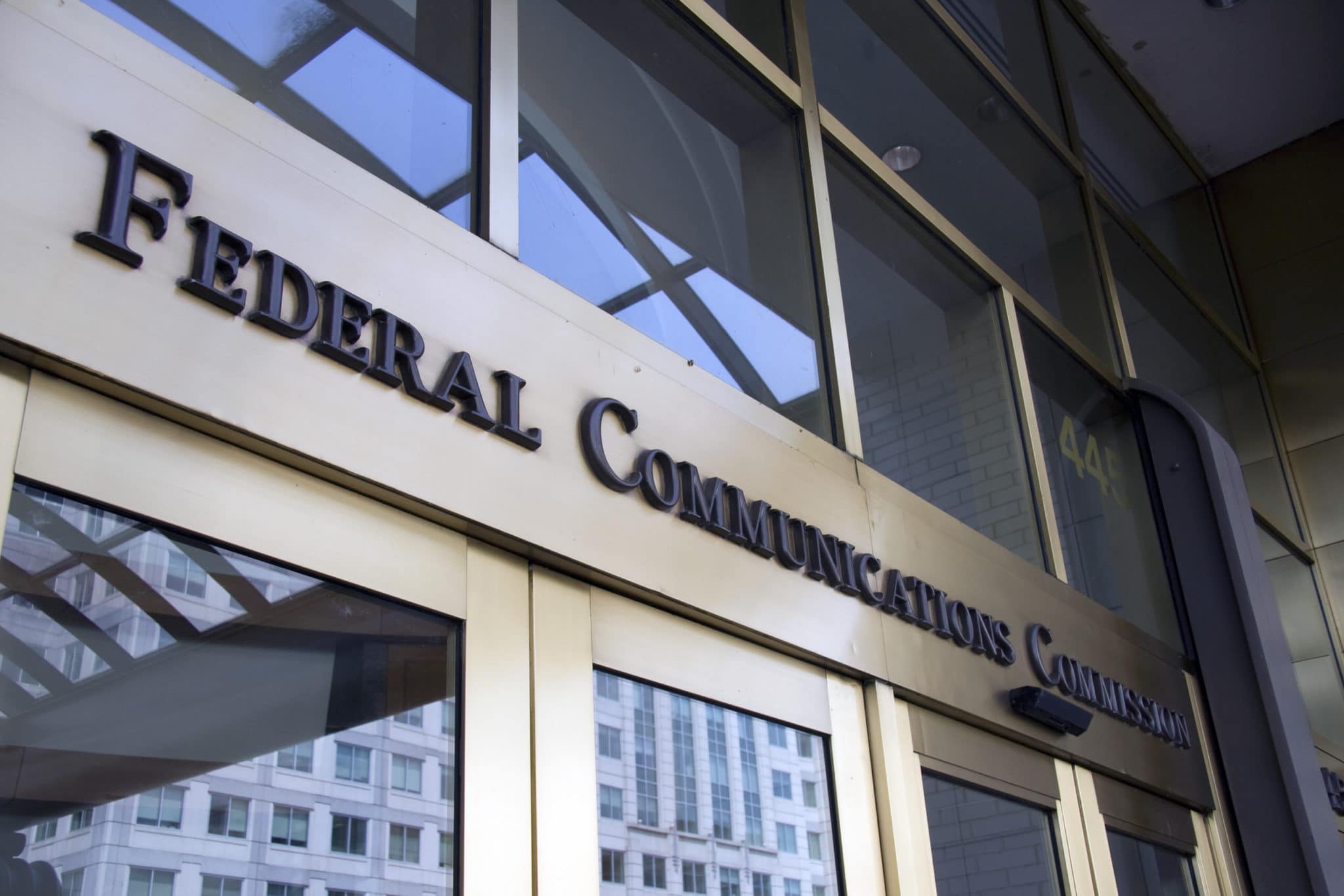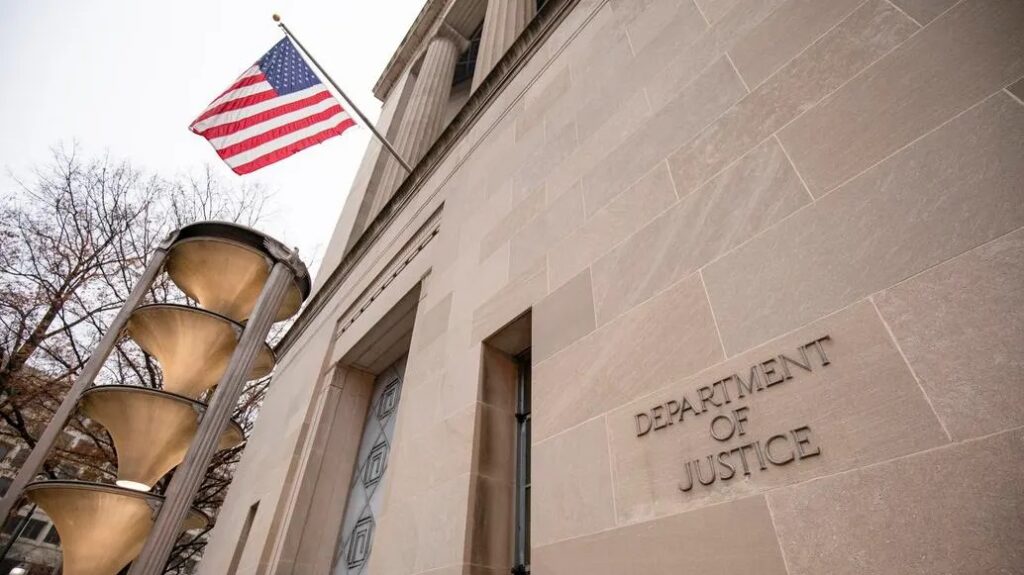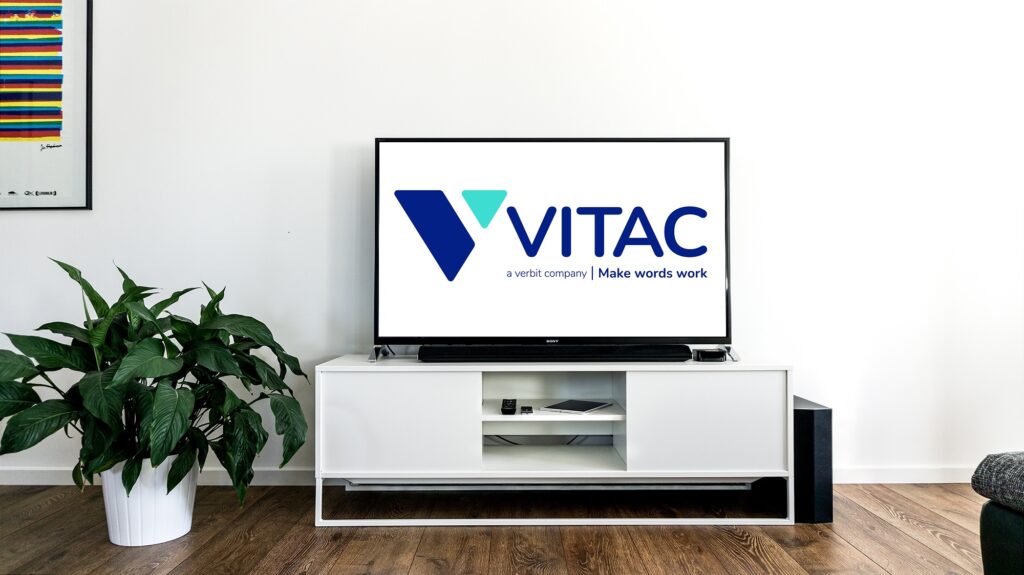The Federal Communications Commission (FCC) earlier this month announced changes to its list of the top five national non-broadcast networks subject to audio description requirements.
Beginning July 1, 2024, the new list of networks, based on Nielsen ratings, likely will be HGTV, Hallmark, TLC, TNT, and TBS. The FCC updates its list of the top five non-broadcast networks – cable and satellite channels – every three years to account for changes in ratings. The non-broadcast networks currently subject to the audio description requirements are TLC, HGTV, Hallmark, History, and TBS.
(The FCC granted requests by Fox News, ESPN, and MSNBC for exemption from the commission’s audio description rules applicable to the top five national non-broadcast networks as those networks provide less than 50 hours per calendar quarter of primetime programming that is not live or near-live.)
Audio description makes video programming more accessible to individuals who are blind or with low vision through the insertion of audio narrated descriptions of a television program’s key visual elements into natural pauses between the program’s dialogue.
On TV networks, audio description is accessed by navigating to the Secondary Audio Program (SAP) channel, usually in the accessibility settings of a set-top box. On streaming platforms, audio description can be chosen as a separate audio language.
The FCC requires certain television broadcast stations and multichannel video programming distributors to provide audio description for a portion of the video programming they televise. The rules require commercial television broadcast stations that are affiliated with one of the top four commercial television broadcast networks (ABC, CBS, Fox, and NBC) and currently located in the top 100 television markets to provide 50 hours of audio-described programming per calendar quarter during prime time or on children’s programming as well as an additional 37.5 hours of described programming per calendar quarter at any time between 6 AM and midnight.
The FCC is in the process of expanding its audio description rules, requiring broadcasters in 10 additional US television markets each year provide description until all 210 markets are included.
Comment Sought for Biennial Report
The FCC is seeking public comment on its 2024 CVAA biennial report to Congress.
The CVAA – the 21st Century Communications and Video Accessibility Act – is designed to update federal law to increase access to modern communications for people with disabilities. The CVAA makes sure that accessibility laws enacted in the 1980s and 1990s are brought up to date with 21st century technologies, including new digital, broadband, and mobile innovations.
The FCC seeks comment on, among other items:
- Compliance with the accessibility requirements for telecommunications and advanced communications services and equipment.
- The accessibility of internet browsers built into mobile phones for individuals who are blind or with low vision.
- Whether accessibility barriers exist in regard to new communications technologies and if there have been improvements in this area since the filing of the last report, such as apps that enable individuals who are deaf, hard of hearing, or have speech disabilities to make voice calls or smart home devices that include voice and text messaging capabilities.
- The extent to which manufacturers and service providers have included people with disabilities and consumer disability organizations in their market research, product design, testing, pilot demonstrations, and product trials.
The FCC will accept comments through May 6, 2024. Click here for additional details and information on how to submit a comment.
The commission has submitted biennial reports to Congress since 2012. This report is due by October 8, 2024.




